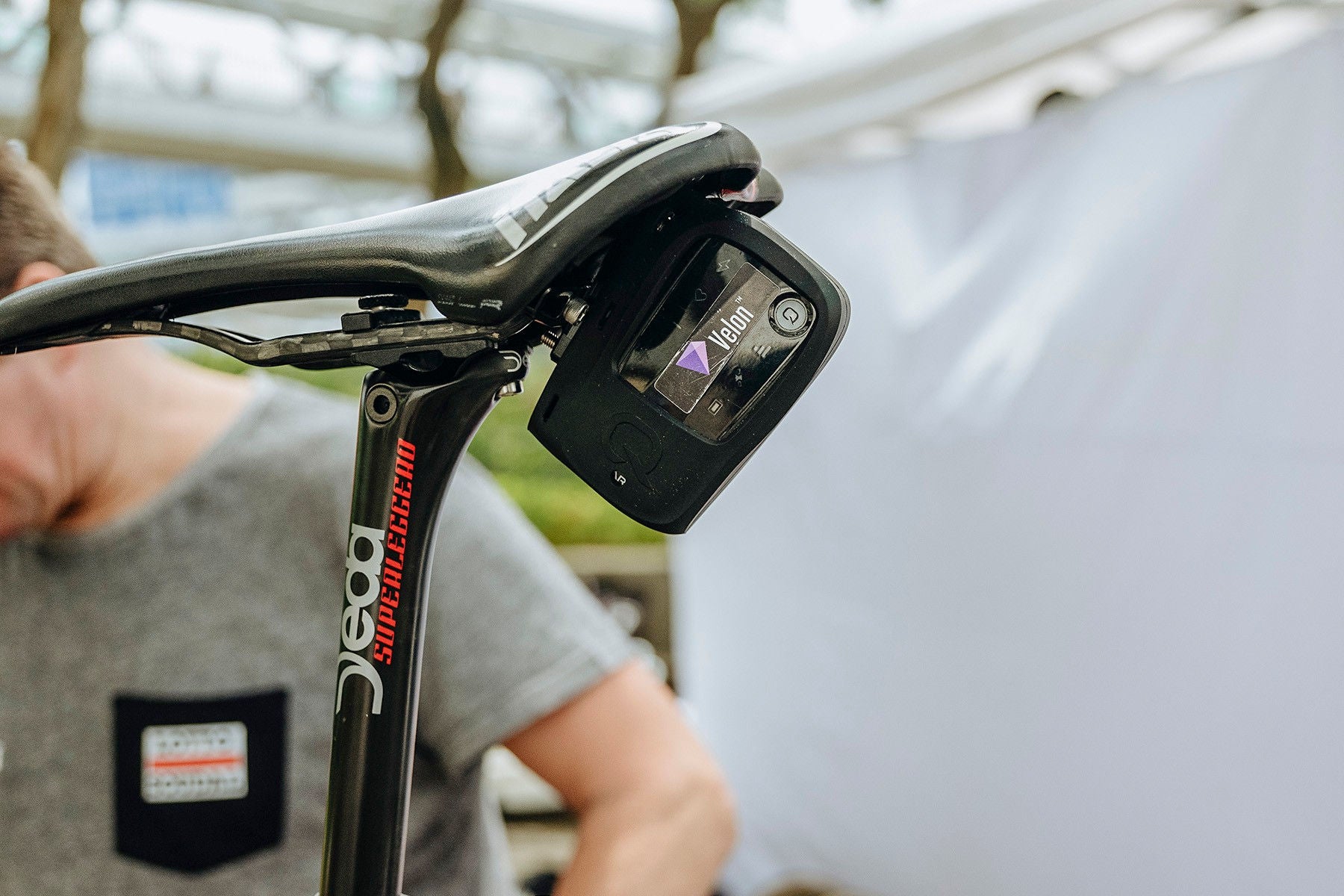Why has generating revenue for professional cycling been so dysfunctional? For a perspective on the opportunities, global commercial cycling revenues are only US$600 million – compared to US$8.2 billion in the NFL (National Football League), and US$16.8 billion between the five biggest European football leagues.
The difference is these sports benefit from being able to host large, ticketed events at a singular location. Cycling, where races cover thousands of miles of open road, does not have this luxury for the overwhelming majority of events. Without equivalent infrastructure, cycling struggles to achieve the commercial heights of other sports.
Ironically, with pro cycling, it’s the most dedicated fans – those close to the action and watching by the roadside – who can miss the most. More casual viewers, watching on TV or listening on the radio, can get a more holistic coverage of the race; fans by the roadside can only catch a glimpse of the cyclists as they go past.
But cycling does have its own assets: professional cyclists generate huge amounts of data from heart rate, to bike speed, to information about the terrain on which they are riding. Properly captured, this data presents a huge opportunity for cycling superfans to develop closer, and more intimate engagements with the sport and their favorite teams and riders.
The teams have close access to these opportunities – they generate terabytes of raw data every year. Their goal was to capture, transform and deliver this data in an enticing and impactful manner to a global cycling audience of 565 million people.
This presented a fascinating problem: how do you transmit thousands of data points per second out of a live sporting event while it moves from Bologna to Rome, all across the Alps and everywhere else? You can transmit data at a stadium, though difficult, but how can teams do it in a bike race that moves 200 miles down the road every day? The EY professionals responded, “This is a fantastic IoT challenge.”
And if EY professionals and the teams could overcome the challenge, they would have the opportunity to give fans worldwide a leading platform to directly engage with cycling – as the event is happening – and create the monetizing foundations for a truly effective commercial cycling economy.











